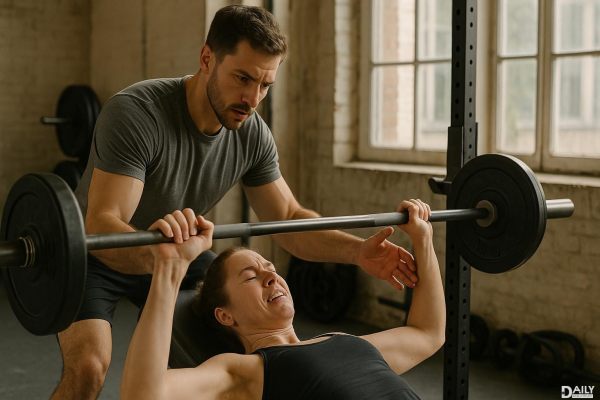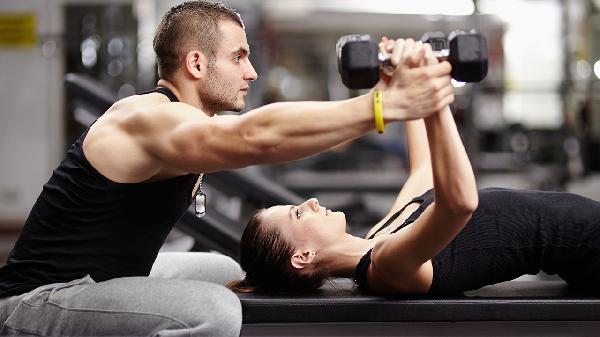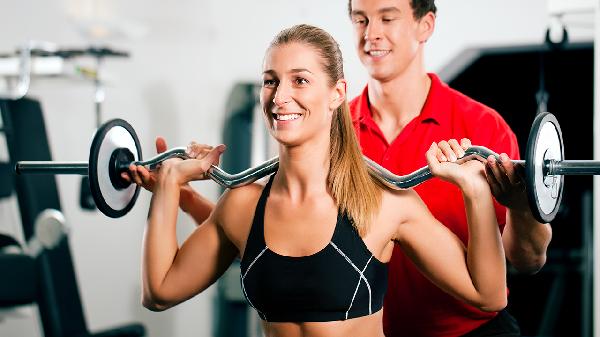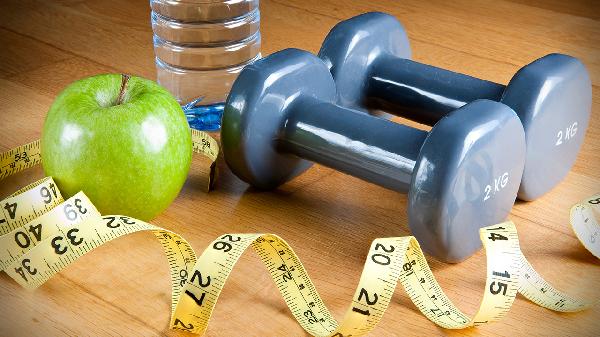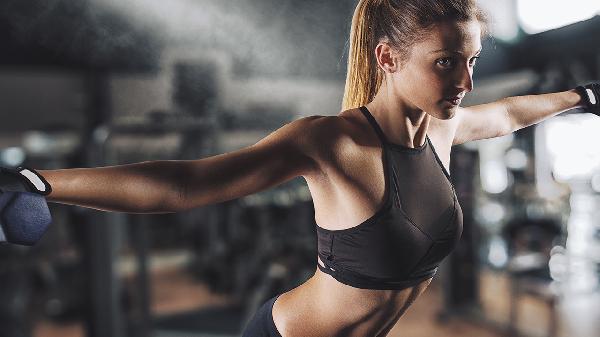You should start using a lifting belt when your lifts become heavy enough to challenge your core stability and spinal integrity—typically around 80-85% of your one-repetition maximum (1RM). A lifting belt isn’t a magic tool for beginners; it’s a strategic aid for advanced lifters who need extra support during heavy compound movements like squats, deadlifts, and overhead presses. If you’re still mastering form or lifting lighter weights, focus on building core strength and technique first. The belt is there to enhance your performance, not replace foundational strength.
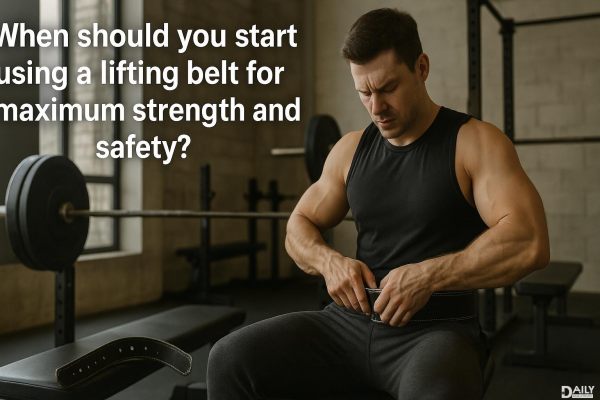
A lifting belt isn’t just a piece of gear to make you look like a pro—it’s a tool designed to increase intra-abdominal pressure (IAP). When you brace your core against the belt, it creates a rigid wall around your midsection, stabilizing your spine and reducing the risk of injury. Think of it like a corset for your abs, but way less uncomfortable and way more functional. This added stability allows you to lift heavier weights with better control, especially during exercises that place significant stress on your lower back.
Timing is everything when it comes to using a lifting belt. If you’re new to lifting, hold off on strapping one on until you’ve nailed down proper form and built a solid base of core strength. For intermediate and advanced lifters, the belt becomes a game-changer during heavy sets or max-effort attempts. A good rule of thumb is to use it for lifts that are 80% or more of your 1RM. For example, if your max squat is 300 pounds, consider using a belt when you’re lifting 240 pounds or more. This ensures you’re only relying on the belt when absolutely necessary, preserving your natural core strength development.
Not all lifting belts are created equal. There are two main types: powerlifting belts and weightlifting belts. Powerlifting belts are thicker and stiffer, providing maximum support for heavy, slow lifts like squats and deadlifts. Weightlifting belts, on the other hand, are narrower and more flexible, allowing for greater mobility during dynamic movements like cleans and snatches. When selecting a belt, consider your primary lifts and personal comfort. A 10-13mm thick, 4-inch-wide belt is a popular choice for most lifters, but make sure it fits snugly around your waist without restricting your breathing or movement.
Wearing a lifting belt isn’t as simple as strapping it on and going for it. Proper placement and technique are key to maximizing its benefits. Position the belt just above your hip bones, ensuring it’s tight enough to provide support but not so tight that it restricts your breathing. Before you lift, take a deep breath into your diaphragm and brace your core against the belt. This creates the intra-abdominal pressure needed to stabilize your spine. Remember, the belt is there to assist your core, not replace it—so keep those abs engaged throughout the lift.
One of the biggest mistakes lifters make is relying too heavily on their belt. Using it for every single set, even light ones, can lead to a weak core and poor bracing habits. Another common error is wearing the belt too high or too low, which reduces its effectiveness and can even cause discomfort. Finally, don’t assume a belt will fix bad form. If your technique is off, the belt won’t save you from injury—it might even make things worse. Always prioritize proper mechanics over gear.
While a lifting belt can be a valuable tool, it’s no substitute for a strong core. Incorporate exercises like planks, dead bugs, and Pallof presses into your routine to build core stability and endurance. These movements teach you how to brace effectively, which translates to better performance both with and without a belt. Additionally, practice bracing during lighter lifts to reinforce good habits. The stronger your core, the less you’ll need to rely on external support.
There are times when going beltless is the better choice. If you’re working on accessory exercises, lighter sets, or movements that don’t heavily tax your core, skip the belt to keep your core engaged. Similarly, if you’re recovering from an injury or working on mobility, going without a belt can help you identify and address weaknesses. Remember, the belt is a tool, not a crutch—use it strategically to enhance your performance, not mask deficiencies.
Ultimately, a lifting belt is a powerful ally for serious lifters, but it’s not a one-size-fits-all solution. Start using it when your lifts demand extra support, and always pair it with solid technique and core strength. By understanding when and how to use a belt, you’ll maximize your strength gains while keeping safety at the forefront. So, strap in when the weights get heavy, but don’t forget to build that iron core along the way.
